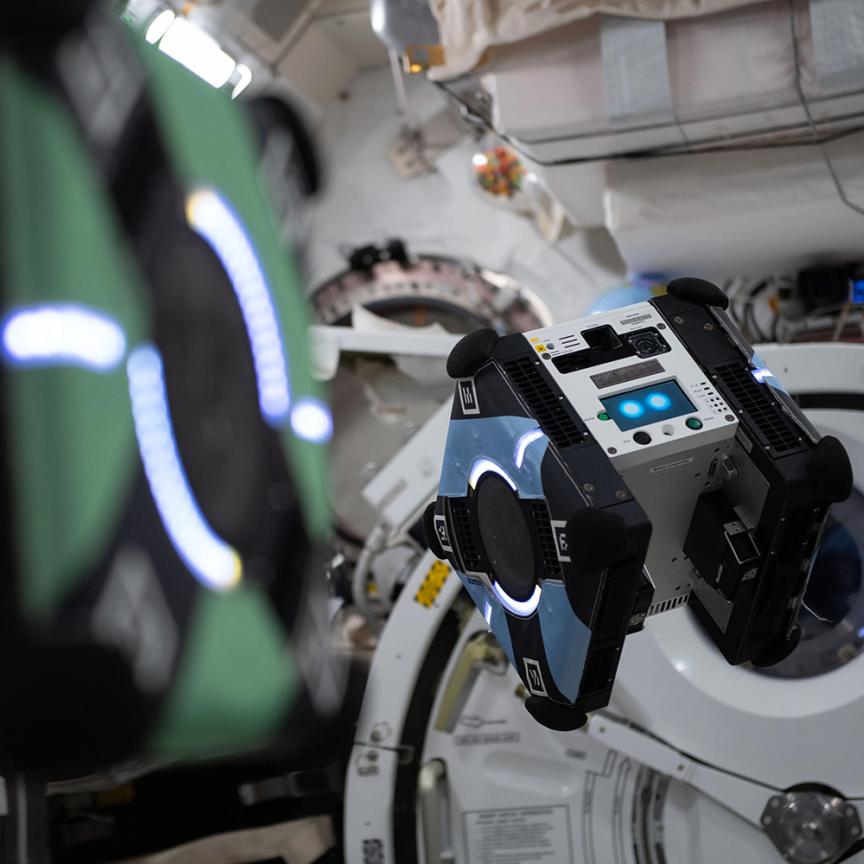A team from the Vienna Centre for Quantum Science and Technology has reported using Andor iStar 334T Intensified CCD (ICCD) camera to image quantum entanglement events.
The team used the Andor iStar 334T Intensified CCD (ICCD) camera, which is capable of nanosecond and picosecond optical gating speeds. This temporal resolution made it possible for the team to perform a real-time coincidence imaging of entanglement for the first time.
Einstein called quantum entanglement ‘spooky action at a distance’, and it defines the phenomenon that quantum states of two physically separated particles are linked. If a measurement is made that causes one particle of a pair to take on a definite value, the other particle will take the anti-correlated value instantaneously, even when separated by large distances.
‘The Andor iStar ICCD camera is fast enough, and sensitive enough, to image in real-time the effect of the measurement of one photon on its entangled partner,’ said Robert Fickler of the Institute for Quantum Optics and Quantum Information. ‘Using ICCD cameras to evaluate the number of photons from a registered intensity within a given region opens up new experimental possibilities to determine more efficiently the structure and properties of spatial modes from only single intensity images. Our results suggest that triggered ICCD cameras will advance quantum optics and quantum information experiments where complex structures of single photons need to be investigated with high spatio-temporal resolution.’
According to Antoine Varagnat, product specialist at Andor: ‘The experiment produces pairs of photons which are entangled so as to have opposite polarisations. For instance, if one of a pair has horizontal polarisation, the other has vertical, and so on. The first photon is sent to polarising glass that transmits photons of one angle only, followed by a detector to register photons which make it through the glass. The other photon is delayed by a fibre, then its entangled property is coherently transferred from the polarisation to the spatial mode and afterwards brought to the high-speed, ultra-sensitive iStar camera.
‘The use of the ICCD camera allowed the team to demonstrate the high flexibility of the setup in creating any desired spatial-mode entanglement. Their results suggest that visual imaging in quantum optics not only provides a better intuitive understanding of entanglement, but will also improve applications of quantum science,’ concluded Varagnat.

